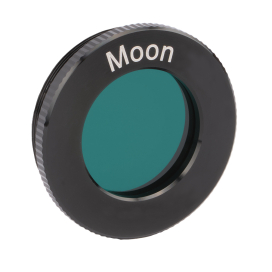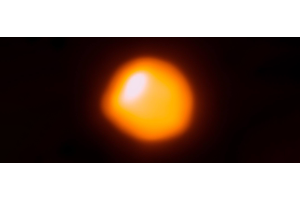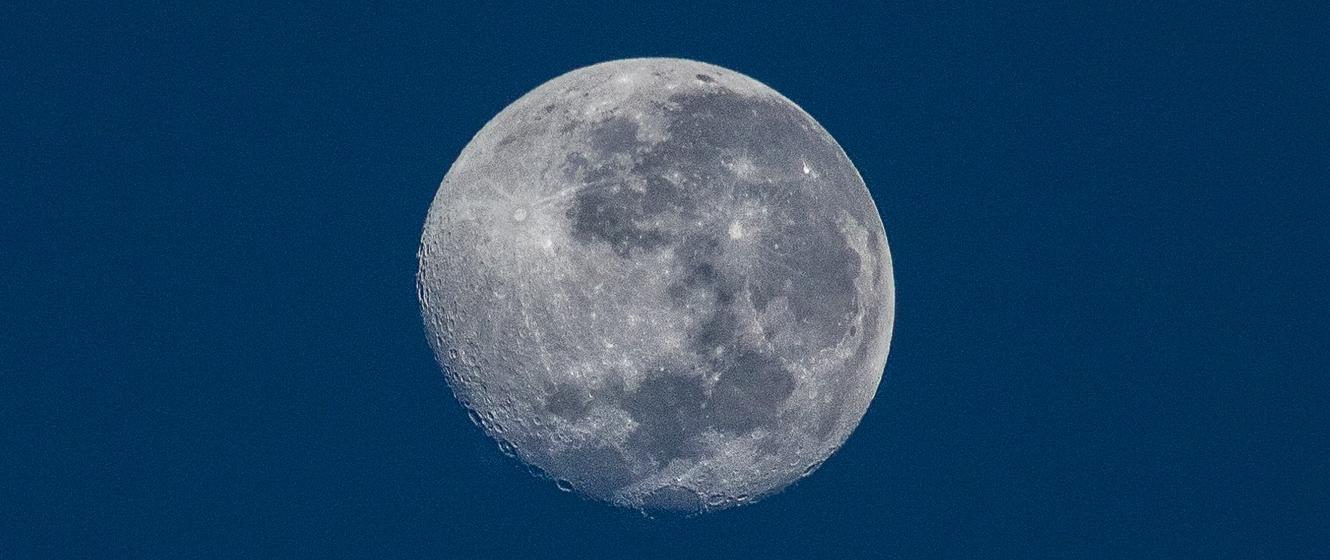
We’ve all heard of a blue moon. Whether it’s because someone has said “once in a blue moon” or because a “blue moon” was said to be happening that month, the term has become part of our everyday language. But what does it really mean? How did it originate? And can the moon actually turn blue?
Can the Moon Change Color?
The first thing you should know is that the moon doesn’t literally change color. Its surface is made up of different minerals which give the moon its natural gray color. However, the moon can appear to change color, but the changes are almost always due to conditions on Earth, rather than out in space.
For example, when the moon is close to the horizon, it can appear a dirty yellow or orange color. Since its light has to pass through a denser portion of the atmosphere, it’s discolored by a greater amount of dust and pollutants than when the moon is high overhead.
If you want to see a deeper orange or even a red moon, you only have to wait for a lunar eclipse. This occurs when the moon passes through the Earth’s shadow - so why doesn’t the moon become very dark or disappear altogether?
During a lunar eclipse, the Earth’s atmosphere refracts a little sunlight, which then slightly illuminates the moon. The moon appears orange because the hydrogen and oxygen molecules in the atmosphere scatter and filter out the blue light, leaving more of the red light behind.
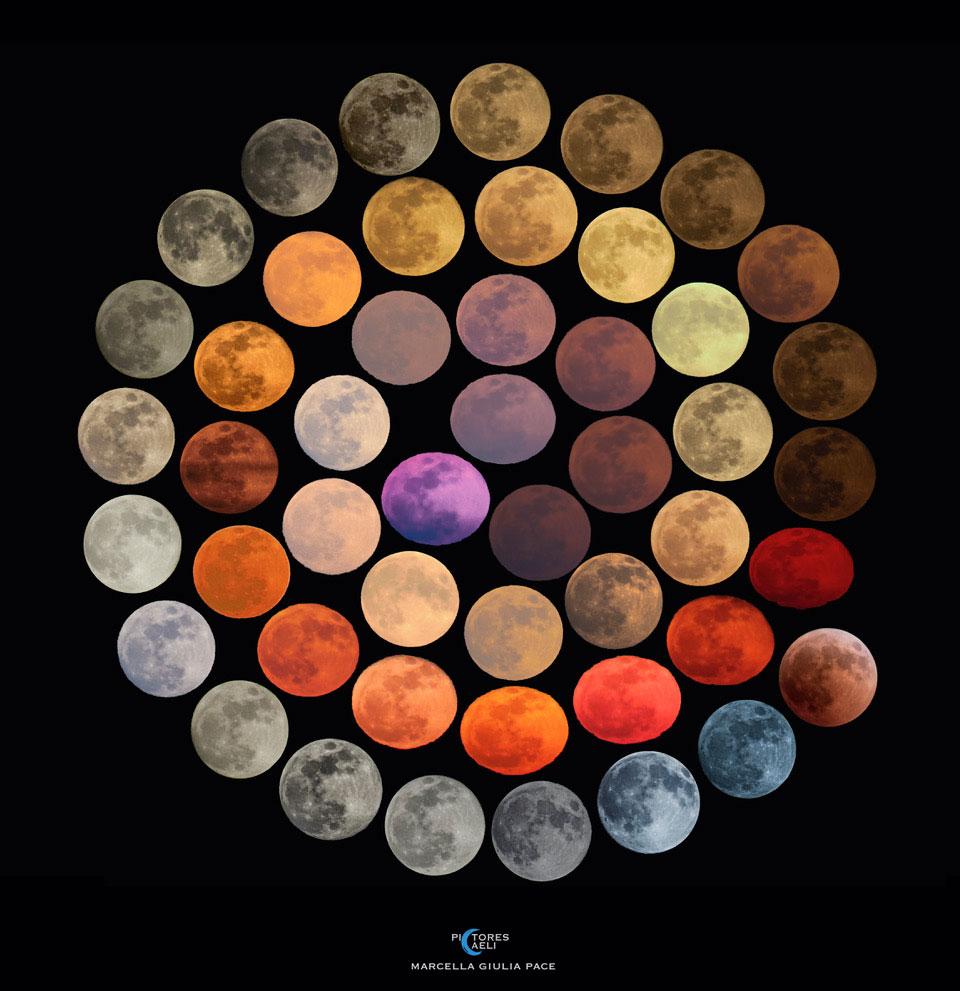
Image Credit & Copyright: Marcella Giulia Pace
However, the depth of the color of the moon during an eclipse is also determined by the Earth’s atmosphere, with different types of particles, dust, and temperature all playing a role in how light or dark the eclipse will be.
While there’s typically enough light to allow the moon to remain visible, on extremely rare occasions the moon can be so dark that it disappears completely. During the total lunar eclipse of May 1110, observers reported that the Moon became invisible, but it took 900 years to discover the reason why.
Studies of ice cores and tree rings indicated there had been a series of volcanic eruptions during the preceding years that had dispelled huge quantities of dust and sulfur into the air. This caused global temperatures to drop in 1109 and for the lunar eclipse to be unusually dark.
Where Did the Term “Blue Moon” Come From?
Has there ever been a blue moon seen from the Earth? Yes, blue moons have been known to occur, but they’re extremely rare - hence the phrase, “once in a blue moon.” Just as at other times, the color is caused by particles in the Earth’s atmosphere.
For example, there was a blue full moon on September 26th, 1950, caused by dust thrown up into the atmosphere by forest fires in Canada. The fire itself started in northeastern British Columbia three months previously and went on to engulf 8,700 square miles (14,000 square kilometers) of forest.
When Krakatoa started erupting on August 26th, 1883, it released 20 million tons of sulfur into the air and turned the waning crescent moon blue. Imagine rising early that morning to observe coppery Mars and seeing a blue moon just to its lower right!
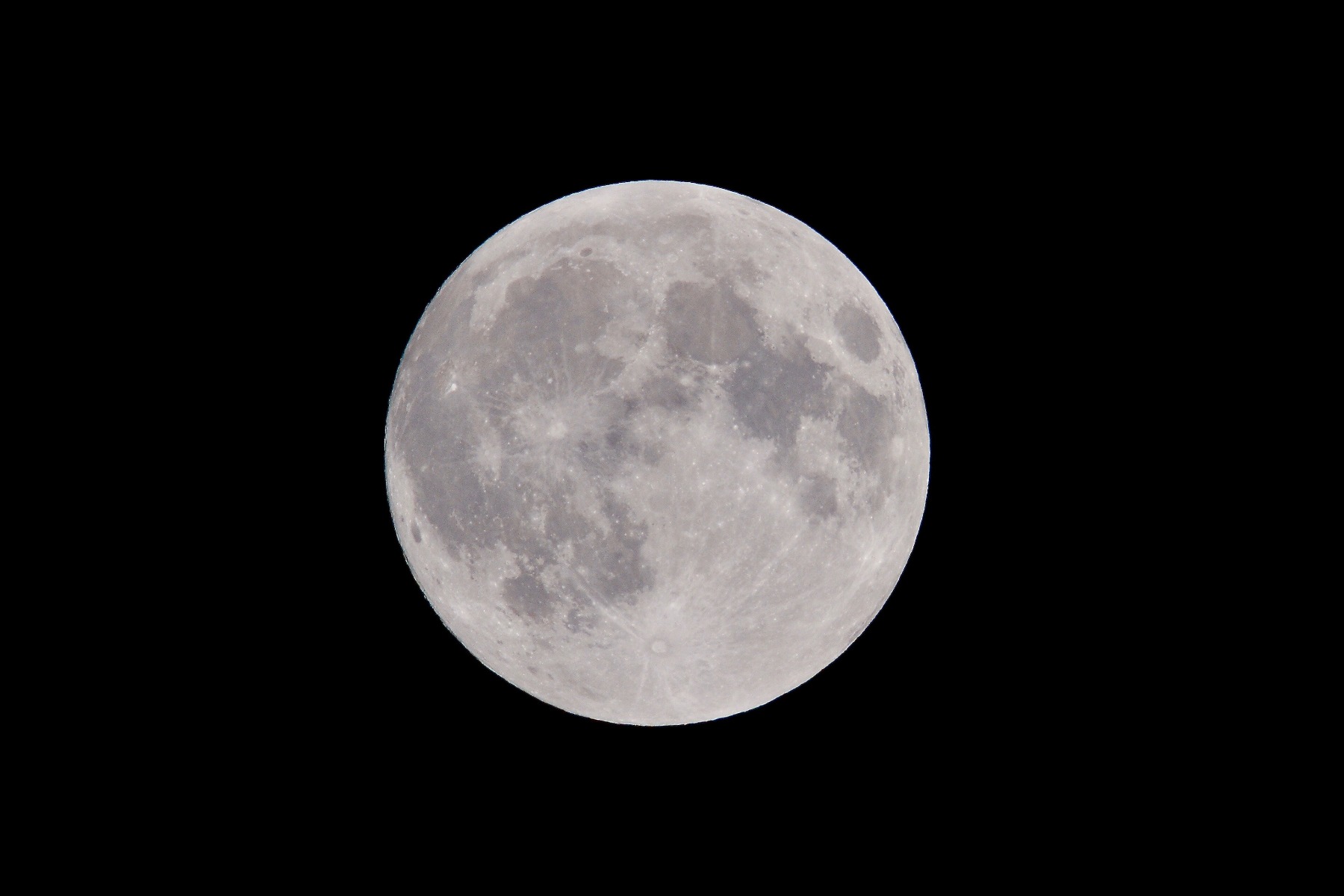
Why is the Second Full Moon in a Month Called a ‘Blue Moon’?
Although the phrase “once in a blue moon” has existed for hundreds of years, the term “blue moon” has not been so long-lived, and has only been in popular usage for the last twenty years or so.
Originally, the term “blue moon” referred to the 3rd of four full moons in a season. Since the moon takes about 29.5 days to complete a cycle of phases and there are three months in every season, there is usually one full moon a month and three full moons in a season. However, due to the Moon’s phase cycle being a little out of sync with our calendar, every two or three years there are four full moons in a season - and the third full moon is the Blue Moon.
Confused? So was J. Hugh Pruett, an amateur astronomer who penned an article for the March 1946 edition of Sky & Telescope magazine. In his article Once in a Blue Moon, Pruett describes trying to ascertain which full moon the expression “once in a blue moon” refers to, and notes that each full moon in a month typically has a name. For example, February’s full moon is known as the Wolf Moon.
As he notes, this is fine as long as there is only one full moon per month, but “seven times in 19 years there were - and still are - 13 full moons in a year. This gives 11 months with one full moon each and one with two. This second in a month, so I interpret it, was called Blue Moon, and was considered unlucky and a real nuisance as it occurred at various times of the year and upset scheduling of church festivals.”
Unfortunately, Pruett’s interpretation was incorrect, but that didn’t stop others from adopting it over the years. It’s gradually gained in popularity and (arguably) public awareness of the definition has since exploded thanks to the internet.
Regardless of which definition you prefer, one thing is certain: while you might occasionally mark the date of a blue moon on your calendar, actually seeing the moon that color is probably only going to happen… once in a blue moon!

Questions? Contact Us!
Interested in looking at the moon through a telescope of your own? Reach out to our non-commissioned gear experts to learn more about how you can begin your exploration of the universe!
This Article was Last Updated on 07/27/2023






